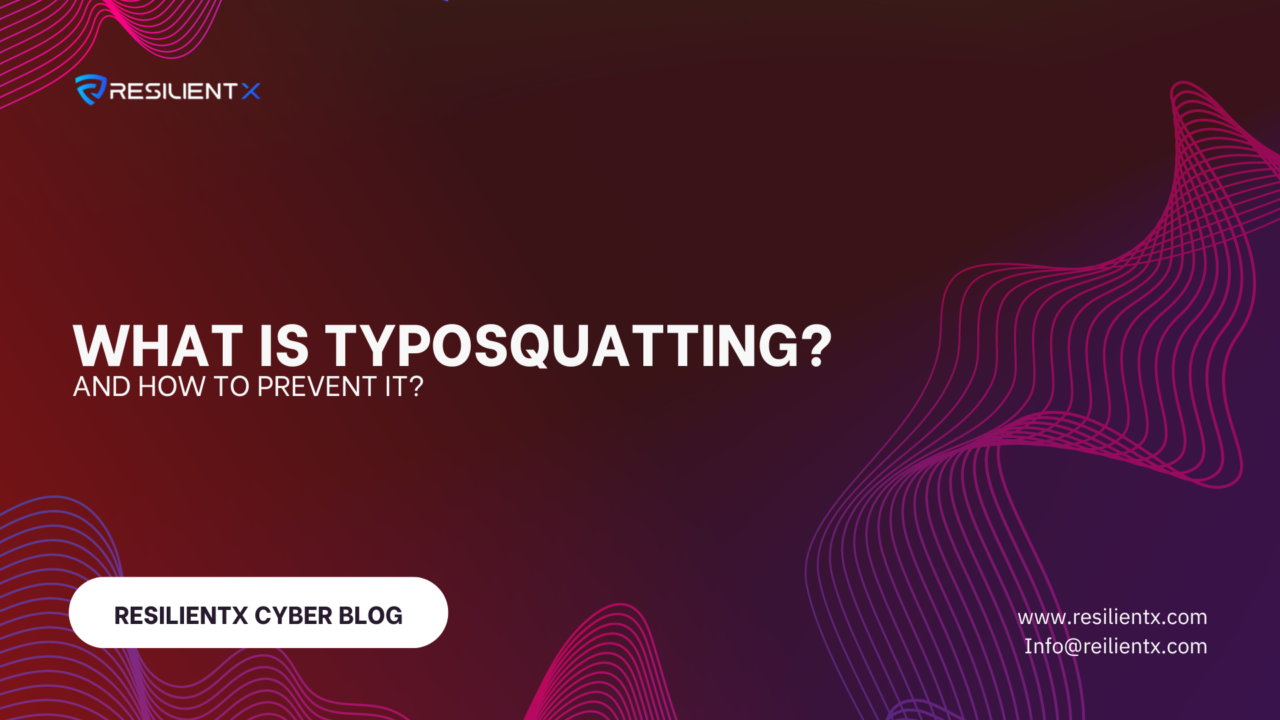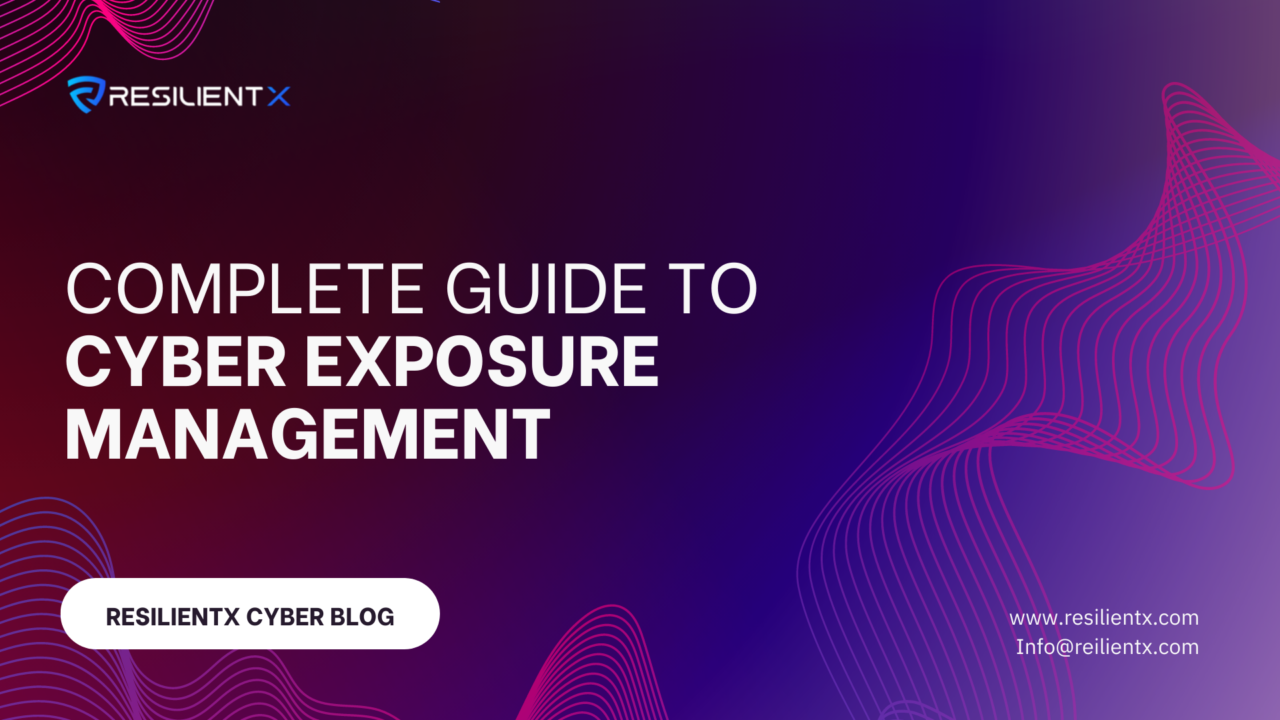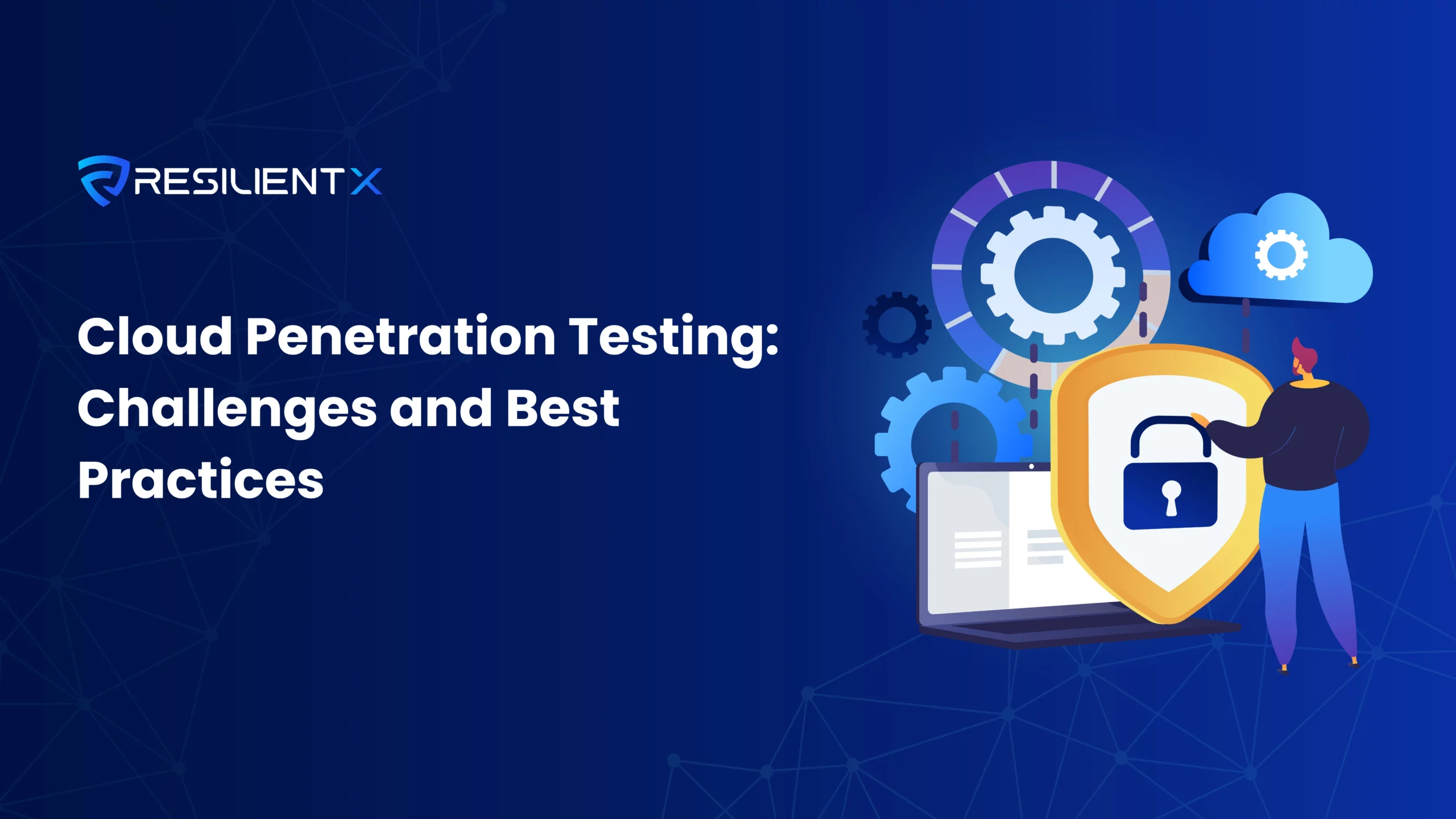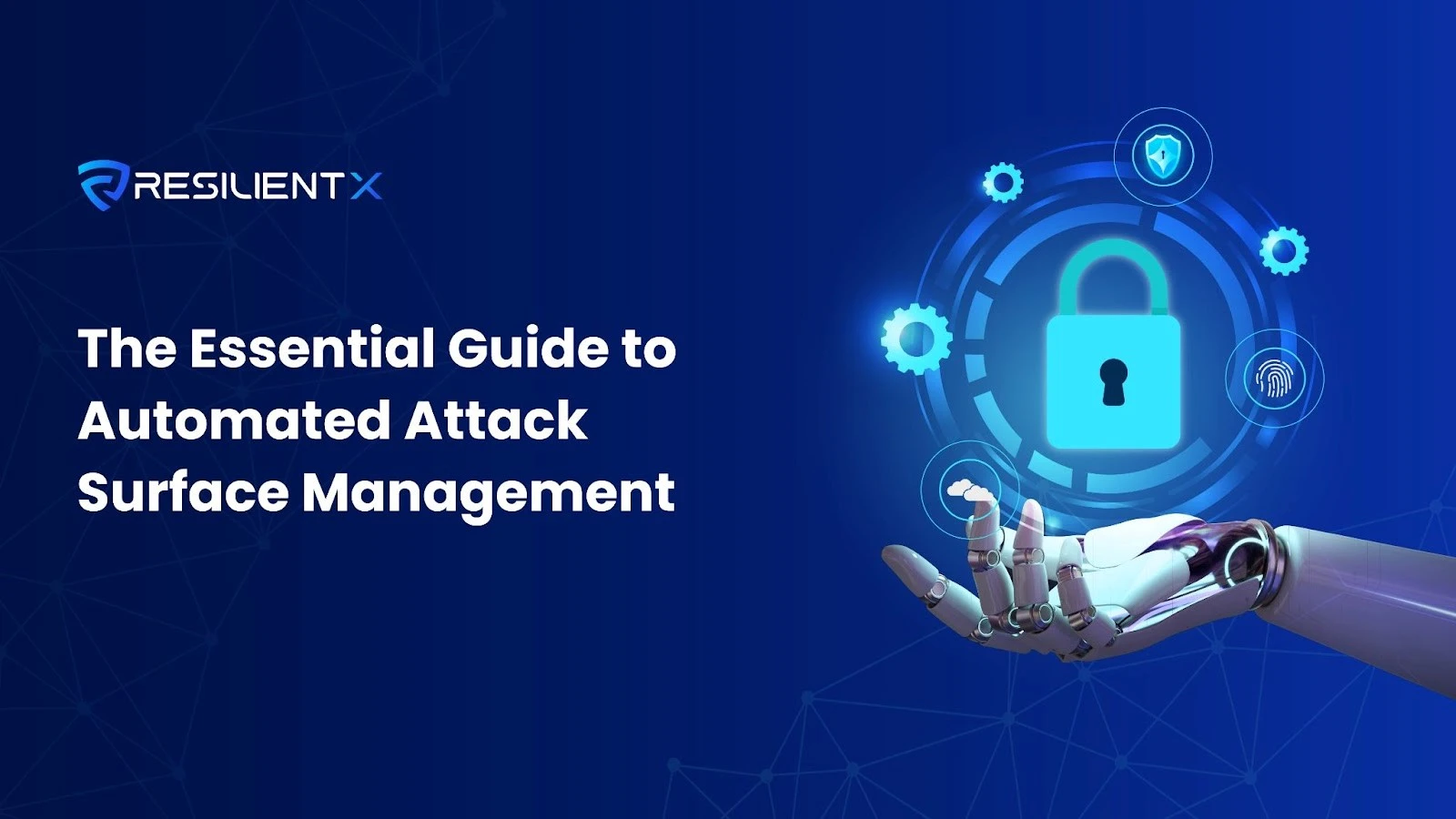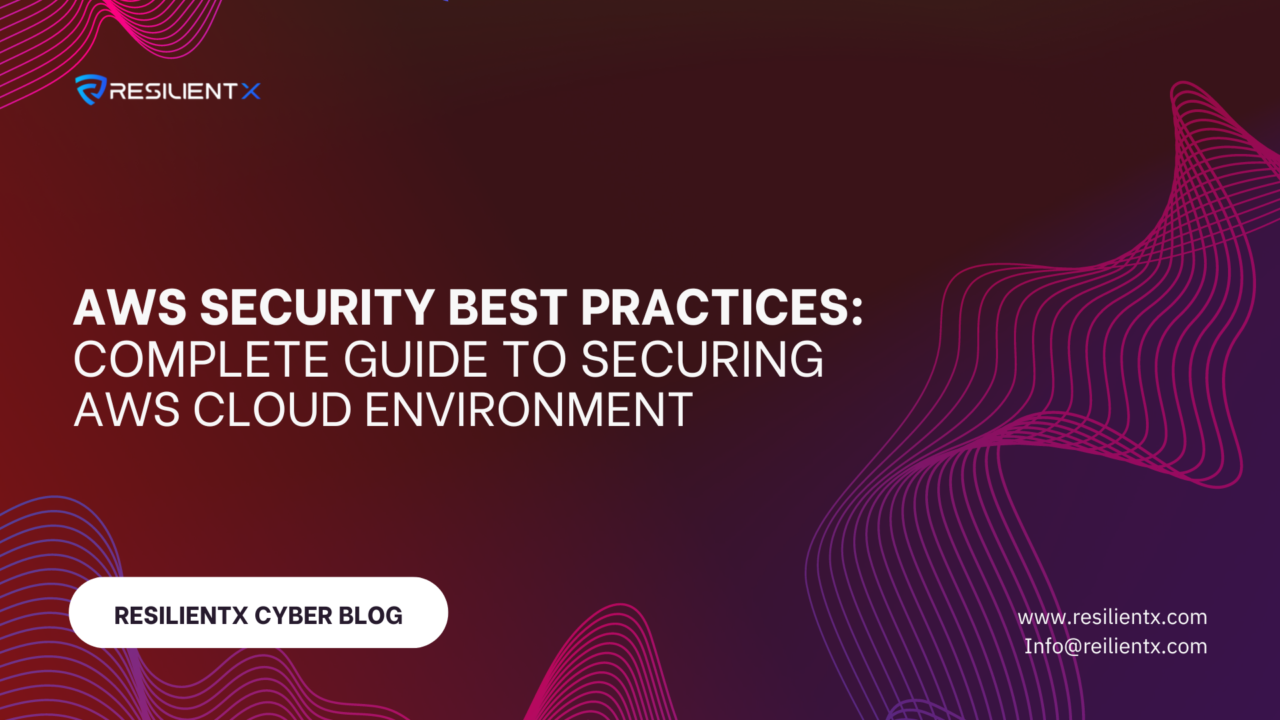
Cybersecurity threats are becoming more sophisticated, and the consequences of a security breach can be severe, ranging from financial loss and reputational damage to regulatory penalties. Therefore, it is essential for organizations to adopt a robust security posture and stay informed about the latest security best practices, features, and updates.
1. General AWS Security
AWS offers a wide range of cloud services that can help businesses scale and grow. With the increasing reliance on these services, it’s crucial to ensure your infrastructure is secure. This article will discuss best practices for securing your AWS environment, with a focus on the AWS Shared Responsibility Model, Identity and Access Management (IAM), data protection, infrastructure protection, incident response, compliance and auditing, monitoring and logging, encryption and key management, and network security.
General AWS Security Best Practices:
- Regularly review AWS Security Best Practices documentation.
- Stay informed about new AWS services, features, and security updates.
- Follow AWS Security Blog for the latest security news, best practices, and announcements.
- Implement AWS Well-Architected Framework to design and maintain secure, high-performing, resilient, and efficient infrastructure.
- Train your team on AWS security concepts, tools, and best practices.
- Regularly assess your AWS environment for security risks and vulnerabilities.
- Use AWS Marketplace to find third-party security solutions to enhance your AWS security posture.
- Review AWS Security Whitepapers for detailed information on specific security topics.
- Participate in AWS Security Community forums to learn from other AWS users and experts.
- Implement AWS Quick Starts and reference architectures to accelerate the deployment of secure infrastructure.
2. AWS Shared Responsibility Model
The AWS Shared Responsibility Model is the foundation of AWS security. It divides the responsibility of security between AWS and the customer. AWS is responsible for securing the underlying infrastructure, while customers are responsible for securing their data, applications, and configurations.
AWS Shared Responsibility Model Best Practices:
- Understand the AWS Shared Responsibility Model and its implications for your organization.
- Identify the specific responsibilities of AWS and your organization based on the services you use.
- Implement security best practices for your AWS resources, data, and applications.
- Regularly review your AWS environment to ensure you’re meeting your security responsibilities.
- Coordinate with AWS Support to address security concerns and incidents.
- Leverage AWS security services and tools to help meet your security responsibilities.
- Ensure your organization has clear security policies and procedures aligned with the Shared Responsibility Model.
- Train your team on the Shared Responsibility Model and their roles in securing your AWS environment.
- Evaluate third-party solutions to enhance your security posture in alignment with the Shared Responsibility Model.
- Regularly assess your AWS environment for compliance with industry regulations and standards.
3. AWS Security: Identity and Access Management (IAM)
IAM is a crucial part of securing your AWS environment. It allows you to manage access to your AWS resources and services, ensuring only authorized users and applications can access them. When properly implemented, IAM can help prevent unauthorized access, data breaches, and other security incidents.
Identity and Access Management (IAM) Best Practices:
- Enable multi-factor authentication (MFA) for all IAM users.
- Implement a strong password policy for IAM users.
- Regularly review and revoke unnecessary IAM permissions.
- Use IAM roles for EC2 instances to grant permissions.
- Implement the principle of least privilege for all IAM users and roles.
- Use AWS Organizations to manage multiple AWS accounts and consolidate billing.
- Set up IAM policies to allow cross-account access when necessary.
- Use AWS Single Sign-On (SSO) to centrally manage access to AWS accounts and applications.
- Enable AWS Identity Federation to integrate with external identity providers (IdPs) like Active Directory or SAML 2.0.
- Monitor IAM access using AWS CloudTrail and Amazon CloudWatch.
4. AWS Security: Data Protection
Ensuring the confidentiality, integrity, and availability of your data is essential for maintaining a secure AWS environment. Data protection includes creating backups, implementing access controls, and encrypting data both in transit and at rest.
Data Protection Best Practices:
- Regularly back up your data using Amazon S3, EBS snapshots, or AWS Backup.
- Implement versioning for Amazon S3 buckets to protect against accidental deletion or overwrites.
- Use AWS KMS to manage encryption keys for data at rest.
- Enable data encryption in transit using SSL/TLS for services like Amazon RDS, Elastic Load Balancing, and API Gateway.
- Use Amazon S3 object tagging to classify and manage data based on sensitivity.
- Set up Amazon S3 bucket policies and IAM policies to restrict access to sensitive data.
- Implement Amazon Macie to automatically discover, classify, and protect sensitive data in Amazon S3.
- Use AWS DataSync or AWS Storage Gateway to securely transfer data between on-premises and AWS environments.
- Utilize Amazon S3 Select or Amazon S3 Inventory to audit and monitor access to data.
- Delete unused or unnecessary data periodically to reduce the risk of data breaches.
5. AWS Security: Infrastructure Protection
Protecting your infrastructure includes securing your AWS resources and managing access to those resources. By implementing best practices for infrastructure protection, you can help prevent unauthorized access and mitigate potential security threats.
Infrastructure Protection Best Practices:
- Enable VPC Flow Logs to monitor and analyze network traffic.
- Use AWS WAF to protect your web applications from common web exploits.
- Implement AWS Shield for DDoS protection.
- Employ AWS Systems Manager to manage and patch your EC2 instances.
- Use Amazon GuardDuty to monitor for malicious or unauthorized activity across your AWS accounts.
- Implement AWS Trusted Advisor to identify and remediate security risks.
- Enable Amazon Inspector to automatically assess applications for vulnerabilities and deviations from best practices.
- Use AWS Firewall Manager to centrally manage AWS WAF, AWS Shield Advanced, and VPC security groups.
- Implement Amazon Detective to analyze and visualize security data to investigate potential security issues.
- Enable AWS Control Tower to automate the set-up of a secure and compliant multi-account AWS environment.
6. AWS Security: Incident Response
Being prepared for security incidents is a critical part of maintaining a secure AWS environment. Developing and implementing an incident response plan ensures that your organization can effectively respond to and recover from potential security incidents.
Incident Response Best Practices:
- Create an incident response plan that outlines roles, responsibilities, and communication procedures.
- Use Amazon CloudWatch Events and AWS Lambda to automate.
- Regularly review and update your incident response plan.
- Conduct periodic incident response drills to test and improve your plan.
- Integrate AWS services, such as Amazon SNS, with your incident response plan for real-time notifications.
- Establish a centralized logging solution using Amazon CloudWatch Logs or AWS Elasticsearch.
- Document and review lessons learned from security incidents to improve your incident response capabilities.
- Leverage AWS Security Hub to consolidate and prioritize security alerts and findings from multiple AWS services.
- Implement AWS Organizations to centrally manage security policies and incident response across multiple AWS accounts.
- Coordinate with AWS Support and AWS Professional Services for assistance during security incidents.
7. AWS Security: Compliance and Auditing
Meeting regulatory and compliance requirements is essential for many organizations. Implementing best practices for compliance and auditing can help you maintain a secure AWS environment and demonstrate your commitment to security to regulators and customers.
Compliance and Auditing Best Practices:
- Use AWS Artifact to obtain compliance reports and attestations.
- Use AWS Config to track changes to your AWS resources and assess compliance.
- Implement AWS CloudTrail to log and monitor user activity across your AWS environment.
- Regularly audit your AWS environment using Amazon Inspector, AWS Trusted Advisor, or third-party tools.
- Establish a compliance reporting and documentation process to demonstrate adherence to industry regulations and standards.
- Use AWS Organizations Service Control Policies (SCPs) to enforce consistent compliance policies across multiple AWS accounts.
- Implement Amazon Macie to identify and protect sensitive data and maintain compliance with data protection regulations.
- Leverage AWS Well-Architected Framework to design and operate a compliant AWS environment.
- Regularly review your AWS environment for adherence to best practices, industry standards, and regulatory requirements.
- Train your team on specific compliance requirements and AWS services that can help meet those requirements.
- Collaborate with AWS Support and AWS Professional Services to address compliance-related concerns and questions.
- Engage third-party auditors to assess and validate your AWS environment’s compliance with industry regulations and standards.
- Monitor AWS Security Blog and AWS re:Invent sessions for updates on compliance features, best practices, and announcements.
8. AWS Security: Monitoring and Logging
Monitoring and logging are essential for identifying potential security issues and maintaining the overall security posture of your AWS environment. Implementing robust monitoring and logging practices can help you detect and respond to security incidents more effectively.
Monitoring and Logging Best Practices:
- Enable AWS CloudTrail to log and monitor API calls.
- Use Amazon CloudWatch Logs to collect and analyze log data from AWS resources.
- Set up CloudWatch Alarms to receive notifications on specific events.
- Use Amazon CloudWatch Events to detect and respond to changes in your AWS environment.
- Implement Amazon GuardDuty for continuous monitoring and threat detection.
- Leverage AWS Security Hub to consolidate and prioritize security findings from multiple AWS services.
- Use AWS Config for resource inventory, configuration history, and change notifications.
- Employ Amazon VPC Flow Logs to capture and analyze network traffic within your VPC.
- Integrate AWS monitoring and logging services with third-party security information and event management (SIEM) tools.
- Establish a centralized logging solution using Amazon CloudWatch Logs, AWS Elasticsearch, or third-party tools.
9. Encryption and Key Management
Encrypting data helps protect it from unauthorized access and ensures compliance with industry standards and regulations. Proper encryption and key management practices can greatly reduce the risk of data breaches and unauthorized access.
Encryption and Key Management Best Practices:
- Use AWS Key Management Service (KMS) to create and manage encryption keys.
- Enable server-side encryption for Amazon S3 buckets using KMS keys.
- Encrypt Amazon EBS volumes and snapshots using KMS keys.
- Use Amazon RDS encryption for encrypted database storage.
- Implement AWS Certificate Manager (ACM) to provision, manage, and deploy SSL/TLS certificates.
- Use Amazon S3 Transfer Acceleration to securely transfer data over SSL/TLS.
- Enable client-side encryption for sensitive data in Amazon S3 using KMS keys.
- Implement AWS CloudHSM for dedicated hardware security module (HSM) devices to manage cryptographic keys.
- Use AWS Secrets Manager to store and manage secrets, such as database credentials and API keys.
- Regularly review and rotate encryption keys to maintain a strong security posture.
10. AWS Security: Network Security
Network security is vital to safeguard your AWS resources and prevent unauthorized access. Implementing best practices for network security can help you maintain a secure AWS environment and protect your data and applications from potential threats.
Network Security Best Practices:
- Use AWS Virtual Private Cloud (VPC) to isolate your resources and control traffic flow.
- Implement security groups to restrict inbound and outbound traffic to your resources.
- Use VPC Network ACLs (NACLs) to control traffic at the subnet level.
- Employ AWS Direct Connect or VPN connections for secure communication between on-premises and AWS environments.
- Enable AWS PrivateLink to privately access AWS services without exposing your VPC to the public internet.
- Use VPC peering to establish secure connections between multiple VPCs.
- Implement AWS Transit Gateway to connect and manage multiple VPCs and on-premises networks from a central location.
- Use Amazon Route 53 Resolver to manage DNS queries between your on-premises environment and your AWS VPC.
- Implement AWS WAF and AWS Shield to protect your resources from web-based threats and DDoS attacks.
- Utilize Amazon API Gateway to create, publish, and secure APIs for your applications.
- Leverage AWS Global Accelerator to improve the availability and performance of your applications.
- Configure Elastic Load Balancing (ELB) with SSL/TLS termination to securely route traffic to your resources.
- Implement AWS App Mesh to manage and secure service-to-service communication within your applications.
- Monitor network activity using Amazon VPC Flow Logs and Amazon GuardDuty.
- Regularly review and update security groups, NACLs, and other network security configurations.
- Implement AWS Trusted Advisor to identify and remediate network security risks.
- Train your team on network security best practices for AWS environments.
- Review AWS Security Whitepapers and blog posts for detailed information on network security topics.
- Stay informed about new AWS services, features, and updates related to network security.
Introducing ResilientX Cloud Security Assessment: The Next-Generation Solution for Comprehensive Cloud Security
ResilientX Cloud Security Assessment is a cutting-edge cloud security solution designed to empower organizations to maintain a robust security posture across their cloud infrastructure. Leveraging advanced technologies and intelligent algorithms, ResilientX provides a comprehensive, real-time assessment of your cloud environment’s security, enabling you to detect vulnerabilities, identify misconfigurations, and remediate risks before they can be exploited by cybercriminals.
Key Features of ResilientX Cloud Security Assessment:
- Comprehensive Cloud Coverage: ResilientX Cloud Security Assessment supports multiple cloud platforms, including Amazon Web Services (AWS), Microsoft Azure, Google Cloud Platform (GCP), and other leading cloud providers. This ensures a consistent security posture across your entire multi-cloud environment, helping you adhere to the best practices and regulatory requirements specific to each platform.
- Automated Security Assessments: ResilientX automates the process of scanning and assessing your cloud infrastructure for potential risks, vulnerabilities, and misconfigurations. With continuous monitoring and real-time alerts, you can stay informed about the security status of your cloud environment and take proactive measures to address any identified issues.
- Comprehensive Security Rule Set: ResilientX Cloud Security Assessment boasts an extensive library of pre-built security rules aligned with industry standards, best practices, and compliance frameworks such as CIS Benchmarks, PCI DSS, HIPAA, GDPR, and others. This allows you to tailor the assessment process to meet your organization’s unique security and compliance requirements.
- Intelligent Risk Prioritization: ResilientX’s advanced risk scoring system prioritizes security findings based on the potential impact and severity, allowing your security team to focus on the most critical threats and vulnerabilities first. This helps you optimize your security resources and mitigate risks more effectively.
- Customizable Reporting and Dashboards: ResilientX Cloud Security Assessment features an intuitive, user-friendly interface that allows you to generate customizable reports and dashboards, providing a comprehensive overview of your cloud security posture. With detailed insights and actionable recommendations, you can make informed decisions to improve your overall security.
- Seamless Integration: ResilientX Cloud Security Assessment can be easily integrated with your existing security tools, IT workflows, and DevOps processes, allowing you to embed security throughout your entire cloud infrastructure lifecycle. The API-driven architecture ensures compatibility with a wide range of third-party applications and services, enabling a unified security management experience.
- Expert Support and Guidance: ResilientX’s team of cloud security experts is always available to provide guidance, best practices, and support, helping you navigate the complex world of cloud security. With access to industry-leading knowledge and expertise, you can confidently maintain a secure and compliant cloud environment.
Embrace the future of cloud security with ResilientX Cloud Security Assessment. By leveraging our powerful solution, you can ensure the ongoing protection of your valuable data and resources, maintain compliance with industry regulations, and confidently navigate the ever-evolving landscape of cloud security threats. Don’t leave your cloud environment exposed; secure it with ResilientX.
Conclusion
As businesses continue to embrace cloud services, maintaining a strong security posture becomes increasingly important. By following the AWS security best practices discussed in this article, you can help safeguard your organization’s valuable data and resources in the AWS cloud. It is essential to stay up-to-date with the latest security features and best practices, as AWS is continually evolving and enhancing its offerings to provide customers with the tools they need to secure their environments.
Implementing a comprehensive security strategy in your AWS environment requires a proactive approach that encompasses understanding the AWS Shared Responsibility Model, following IAM best practices, ensuring data protection, securing your infrastructure, preparing for incident response, maintaining compliance and auditing, implementing robust monitoring and logging, managing encryption and keys, and ensuring network security. By regularly assessing your AWS environment and staying informed about new AWS services and features, you can maintain a secure and compliant cloud infrastructure that supports your organization’s growth and success.
Remember that the security of your AWS environment is an ongoing journey, and it is crucial to continuously monitor, review, and improve your security posture to stay ahead of potential threats. By doing so, you can ensure that your organization is well-prepared to navigate the complex and ever-changing world of cloud security.
